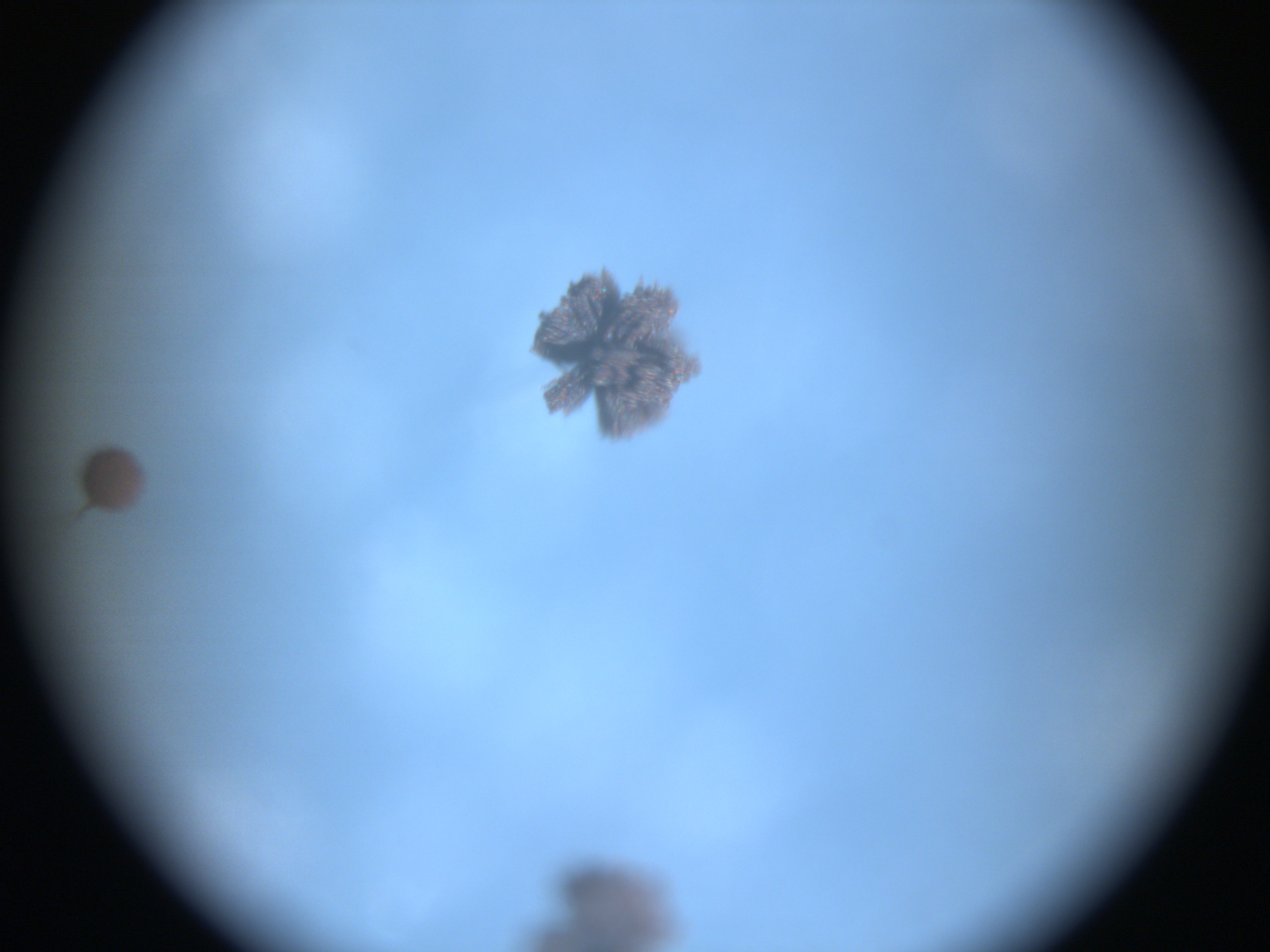

Understanding how cellular machinery can be altered to promote
enhanced expression and secretion of native enzymes is of great
importance to biotechnology. On a broader perspective,
characterization of fungal secretion mechanisms is also for
scientific fields, such as investigations into fungal
pathogenicity. In industry and in the lab, enhanced production of
enzymes is often achieved through mutagenesis and selection for
enzyme hyperproducer mutants. One such Aspergillus
lineage, Parent ATCC 13496; Mutant ATCC 13497, has been generated
for the hyperproduction of an important enzyme glucoamylase.
Sequencing of each strain in the lineage will enable the
identification of the genomic changes that endow the mutants with
the hyperproduction phenotype. Identification of these gemomic
lesions will help elucidate the mechanisms behind enzyme
hyperproduction.
This is an improved draft assembly of Aspergillus niger
ATCC 13496. Distinct from Aspni_bvT_1,
this strain has been sequenced with PacBio and annotated using a
combination of PacBio transcriptomic data (IsoSeq) as well as new
Illumina RNAseq data.
